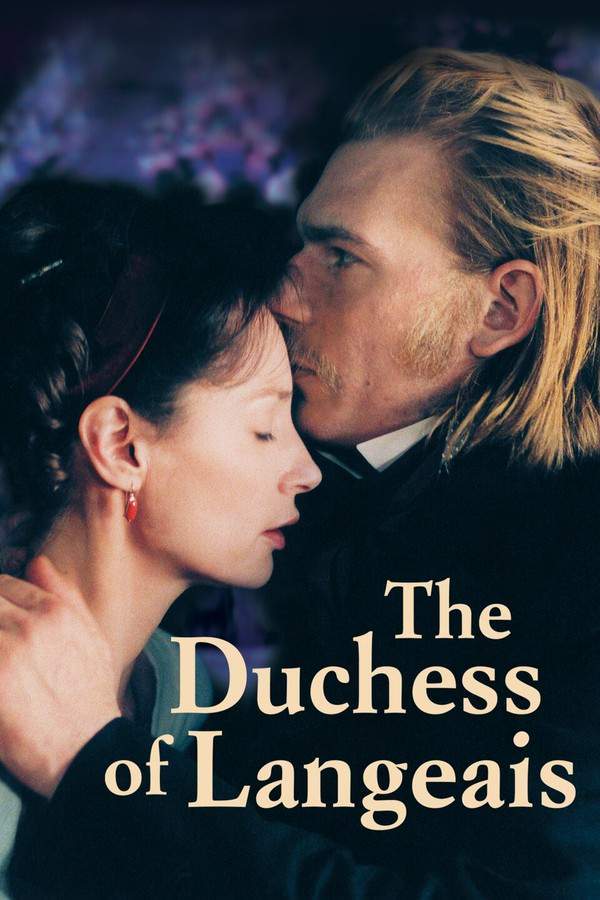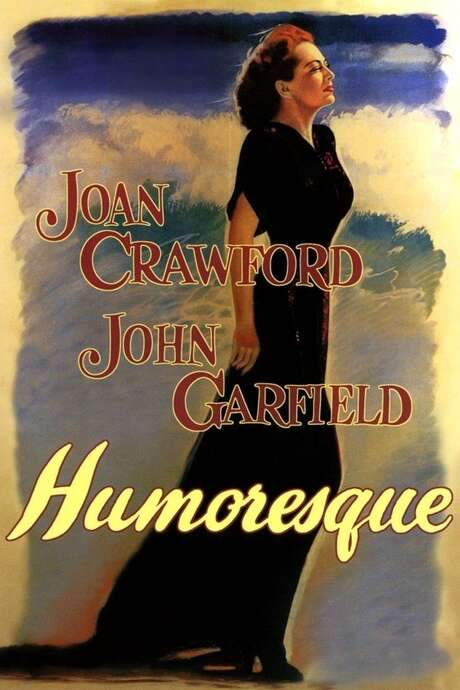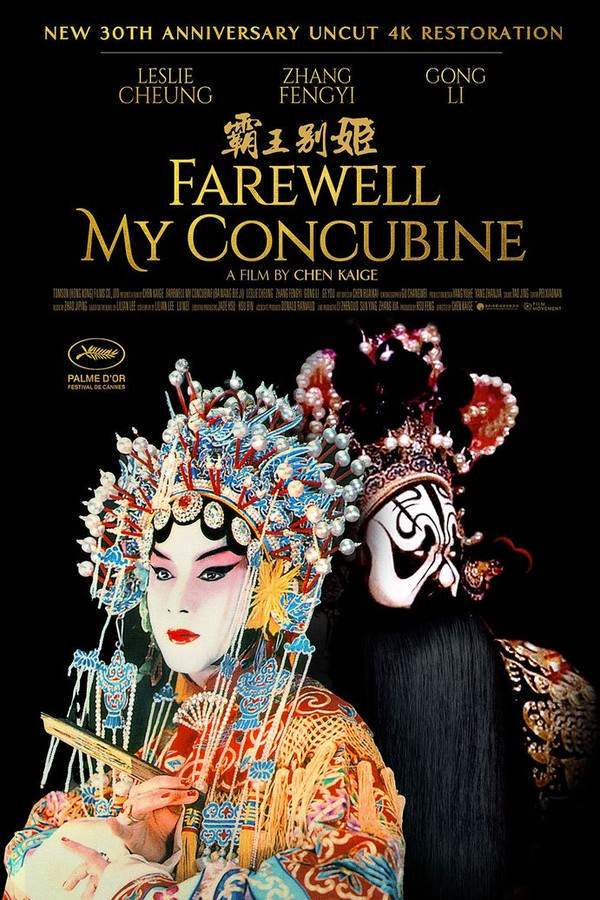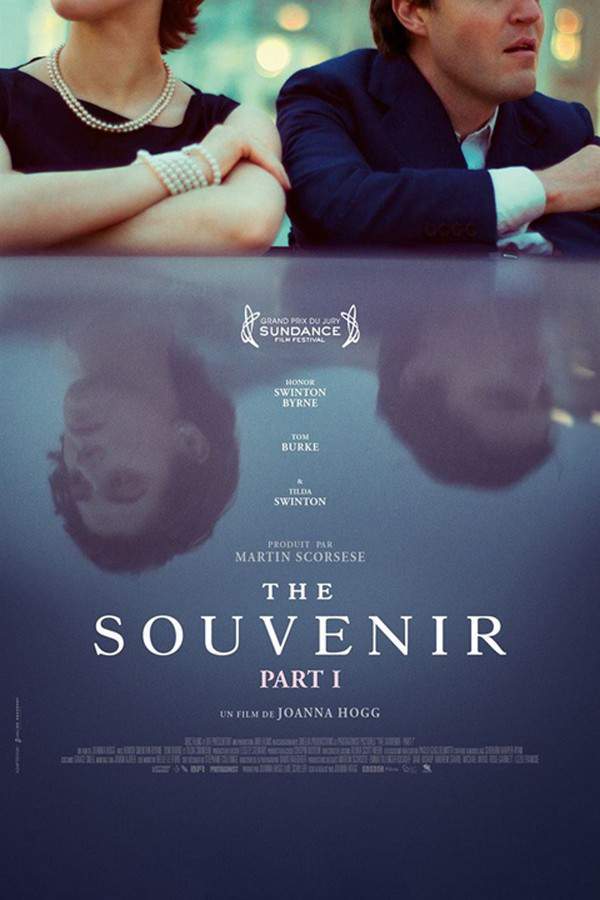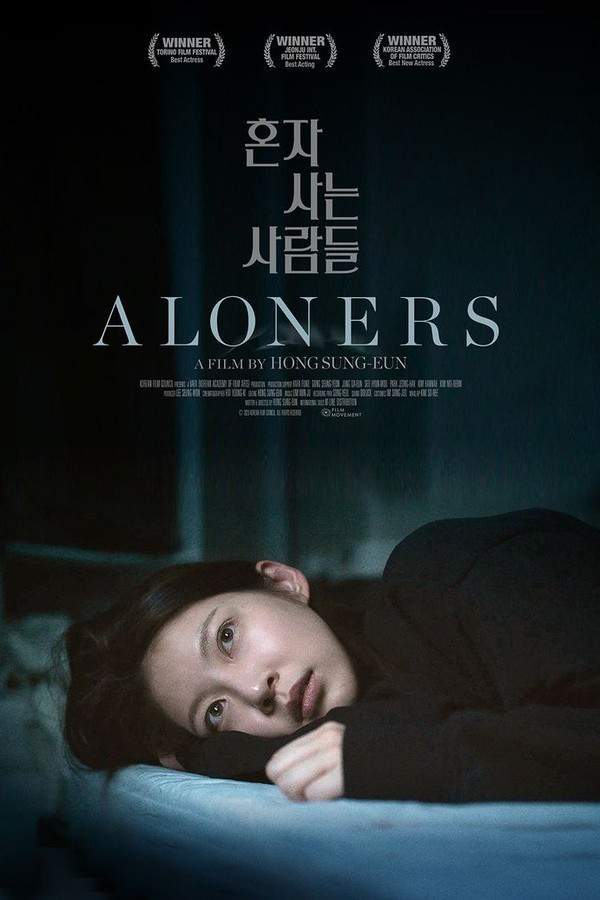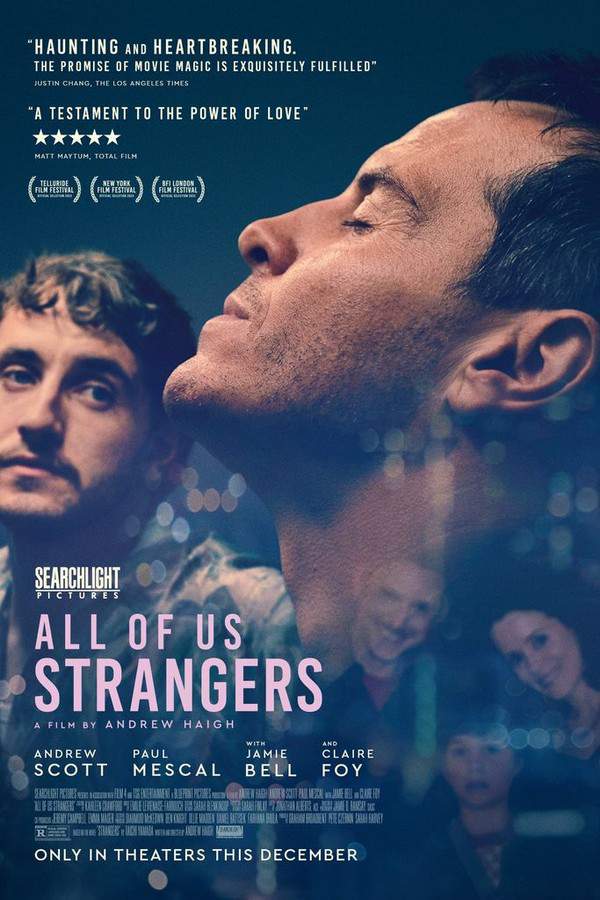
Map of the Sounds of Tokyo
Year: 2009
Runtime: 109 mins
Language: English
Director: Isabel Coixet
A Japanese assassin falls in love with the Spanish wine seller she was hired to kill.
Map of the Sounds of Tokyo (2009) – Spoiler-Free Movie Summary & Plot Overview
Get a spoiler-free look at Map of the Sounds of Tokyo (2009) with a clear plot overview that covers the setting, main characters, and story premise—without revealing key twists or the ending. Perfect for deciding if this film is your next watch.
In the neon‑washed streets of Tokyo, a world of sleek corporate power and shadowed market stalls coexist, each humming with a rhythm that feels both ritualistic and restless. Beneath the polished surface, quiet compulsions drive people to arrange affairs with a clinical precision, turning ordinary spaces—banquets, fish markets, and wine shops—into stages for hidden intentions. The city’s soundscape, at once bustling and intimate, becomes a character in its own right, echoing the unspoken tensions that linger in every alley.
Mr. Nagara looms as a formidable figure whose influence ripples through the city’s business elite, while his steadfast aide Ishida navigates the delicate balance between loyalty and ambition. Their perspective frames a narrative that observes the delicate interplay of grief, responsibility, and the quiet desperation that can surface when personal loss meets public expectation. Observing these currents is a gray‑haired sound engineer, whose measured narration offers a lens through which the audience can sense the weight of memory and duty without laying it bare.
Enter Ryu, a woman whose movements carry a soft intensity, hinting at a hidden purpose that aligns her with the undercurrents of the city’s darker dealings. She is drawn into a careful assignment that places her at a crossroads between professional detachment and an unexpected emotional current. Across the bustling lanes, David runs a modest Spanish wine shop, exuding a warm, unassuming presence that contrasts sharply with the razor‑thin edges of the world around him.
When the paths of the assassin and the wine seller intersect, the film settles into a tone that is both austere and tender, allowing curiosity to linger over the possibilities of connection and conflict. The delicate balance between duty and desire, set against Tokyo’s ever‑pulsing backdrop, invites viewers to wonder how far one might go when the line between task and affection begins to blur.
Last Updated: October 07, 2025 at 13:35
Explore Movie Threads
Discover curated groups of movies connected by mood, themes, and story style. Browse collections built around emotion, atmosphere, and narrative focus to easily find films that match what you feel like watching right now.
Movies about tragic assassin romances like Map of the Sounds of Tokyo
Professionals bound by duty find their lives upended by an unexpected, dangerous connection.If you enjoyed the story of an assassin falling for their target in Map of the Sounds of Tokyo, explore these movies that feature similar high-stakes forbidden romances. These films often blend thriller elements with heavy emotional drama, focusing on the moral collapse of professionals caught between duty and desire.
Narrative Summary
These narratives follow highly disciplined professionals who experience a crisis of identity when an emotional attachment, usually romantic, compromises their mission. The plot hinges on the internal struggle between their ingrained sense of duty and the allure of a normal life, often resulting in sacrifice, betrayal, or a devastatingly sad ending.
Why These Movies?
Movies in this thread share a core narrative engine: the forbidden romance that directly opposes a character's fundamental purpose. They are united by a melancholic tone, high emotional stakes, and the exploration of whether human connection can overwrite a lifetime of conditioning, making the viewing experience intensely tragic and morally complex.
Atmospheric slow-burn dramas about grief like Map of the Sounds of Tokyo
Quiet, atmospheric stories where characters process profound loss in isolating cityscapes.Fans of the heavy, atmospheric mood and themes of grief in Map of the Sounds of Tokyo will find similar films here. These movies are slow-paced character studies that use urban settings to amplify feelings of loneliness and loss, offering a quietly powerful and emotionally resonant viewing experience.
Narrative Summary
The narrative is less about plot and more about the internal, emotional journey of a character grappling with a significant loss, such as the death of a loved one or a personal tragedy. The story unfolds slowly, focusing on moments of quiet reflection, memory, and the struggle to find meaning or connection in a world that feels alienating and oppressive.
Why These Movies?
These films are grouped by their shared commitment to a specific mood and pacing. They prioritize atmosphere and emotional weight over fast-paced action, creating a meditative, often heavy experience defined by a melancholic tone, a slow burn pace, and a central theme of navigating profound personal sorrow within an impersonal urban environment.
Unlock the Full Story of Map of the Sounds of Tokyo
Don't stop at just watching — explore Map of the Sounds of Tokyo in full detail. From the complete plot summary and scene-by-scene timeline to character breakdowns, thematic analysis, and a deep dive into the ending — every page helps you truly understand what Map of the Sounds of Tokyo is all about. Plus, discover what's next after the movie.
Map of the Sounds of Tokyo Summary
Read a complete plot summary of Map of the Sounds of Tokyo, including all key story points, character arcs, and turning points. This in-depth recap is ideal for understanding the narrative structure or reviewing what happened in the movie.

Map of the Sounds of Tokyo Timeline
Track the full timeline of Map of the Sounds of Tokyo with every major event arranged chronologically. Perfect for decoding non-linear storytelling, flashbacks, or parallel narratives with a clear scene-by-scene breakdown.

Characters, Settings & Themes in Map of the Sounds of Tokyo
Discover the characters, locations, and core themes that shape Map of the Sounds of Tokyo. Get insights into symbolic elements, setting significance, and deeper narrative meaning — ideal for thematic analysis and movie breakdowns.

More About Map of the Sounds of Tokyo
Visit What's After the Movie to explore more about Map of the Sounds of Tokyo: box office results, cast and crew info, production details, post-credit scenes, and external links — all in one place for movie fans and researchers.


